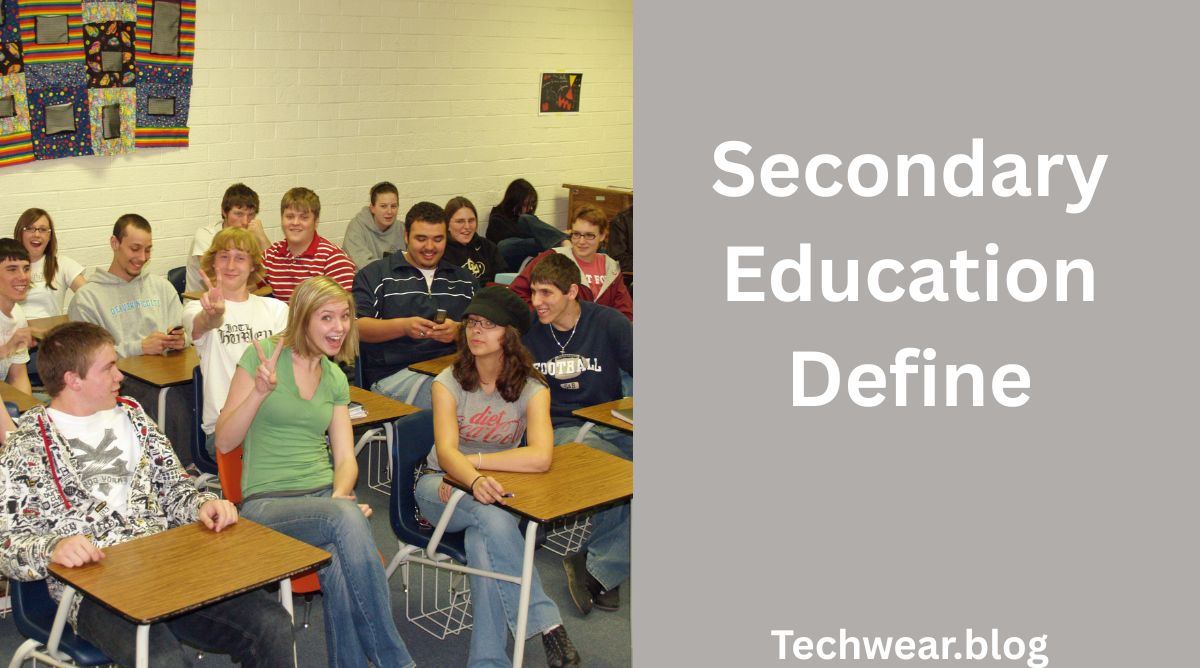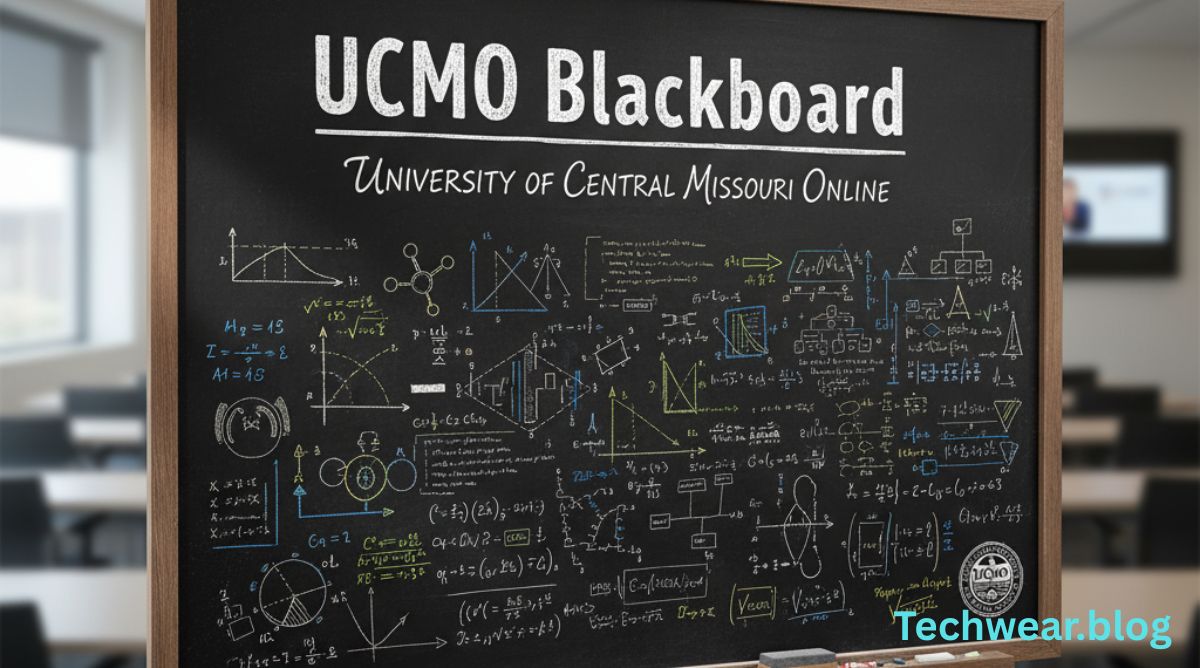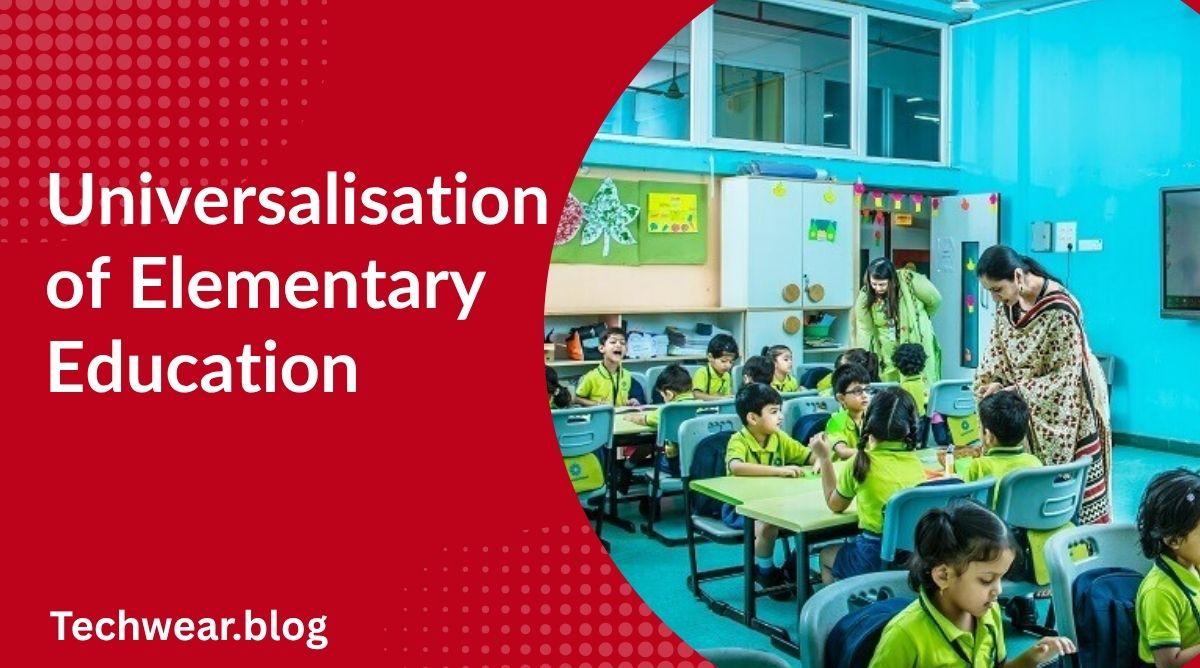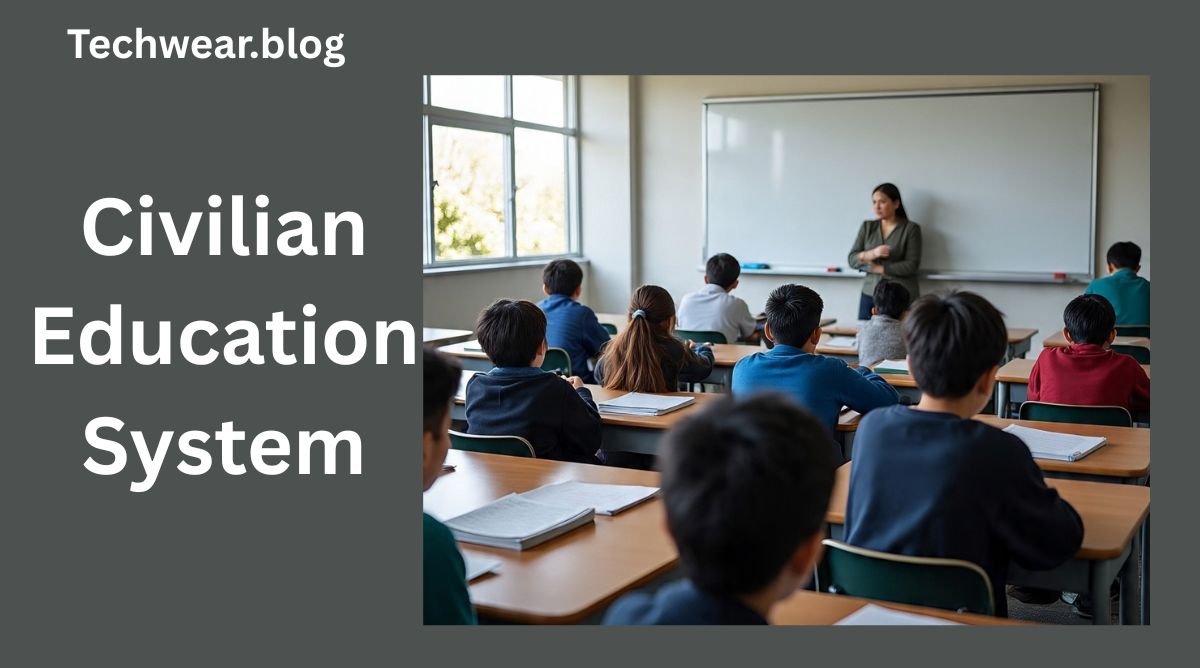Introduction
Education is a lifelong process that shapes individuals, builds societies, and empowers nations. Within this journey, secondary education holds a critical position. It is the bridge between the foundational knowledge gained in primary school and the specialized skills developed in higher education or vocational training. The term secondary education refers to the stage of learning that follows primary education and typically caters to adolescents, preparing them for adult life, employment, and further studies.
According to Wikipedia, secondary education usually covers two phases on the International Standard Classification of Education (ISCED) scale: ISCED levels 2 (lower secondary) and 3 (upper secondary). This article will provide a detailed definition of secondary education, its objectives, characteristics, types, global variations, and its significance in today’s world.
Defining Secondary Education
Secondary education is the stage of formal education that comes after primary education and before tertiary education (college or university). It usually begins around the age of 11 to 13 and continues until the age of 16 to 18, depending on the country’s educational system. The main purpose of this phase is to provide students with a broader range of knowledge and to equip them with analytical, technical, and social skills necessary for adult life.
In many countries, secondary education is divided into lower secondary and upper secondary:
- Lower secondary: This stage follows primary school and introduces students to more subject-specific learning, such as separate classes for mathematics, science, history, and languages.
- Upper secondary: This stage prepares students for higher education, vocational training, or direct entry into the workforce. Students may choose specialized streams like science, arts, commerce, or technical education.
Objectives of Secondary Education
The aims of secondary education can vary across nations, but the key objectives include:
- Academic Development – Building on the foundational skills from primary school, secondary education deepens understanding in subjects like mathematics, sciences, literature, and social studies.
- Skill Development – Fostering critical thinking, problem-solving, communication, and technological skills.
- Career Preparation – Guiding students toward specific career paths or further studies through specialization and vocational courses.
- Socialization – Helping students develop interpersonal skills, empathy, and a sense of civic responsibility.
- Personal Growth – Encouraging self-discipline, creativity, and adaptability for lifelong learning.
Characteristics of Secondary Education
Secondary education has distinct features that set it apart from primary schooling:
- Age Group: Targets adolescents, typically aged 12–18 years.
- Subject Specialization: Introduction of specialized teachers for different subjects.
- Curriculum Depth: More advanced topics, including optional subjects based on student interest.
- Assessment Variety: Regular exams, project work, and sometimes standardized national tests.
- Diverse Pathways: Options for academic, vocational, or technical education.
Global Variations in Secondary Education
While the general idea of secondary education is similar worldwide, there are notable differences in structure, duration, and focus.
1. United States
In the U.S., secondary education includes middle school (grades 6–8) and high school (grades 9–12). High school students can choose elective subjects along with core requirements and graduate with a diploma.
2. United Kingdom
In the U.K., secondary education starts at age 11 and continues until 16, after which students can pursue A-levels or vocational qualifications in sixth form or college.
3. India
In India, secondary education is divided into lower secondary (classes 6–10) and higher secondary (classes 11–12). The higher secondary stage allows specialization in streams like science, commerce, or arts.
4. Japan
Japan’s secondary education includes junior high school (ages 12–15) and senior high school (ages 15–18). Education is rigorous, and entrance exams play a significant role.
Types of Secondary Education
Secondary education can be classified into different types depending on its focus:
- General Secondary Education – Offers a broad curriculum aimed at preparing students for university or general careers.
- Technical Secondary Education – Focuses on engineering, mechanics, computer science, or applied sciences.
- Vocational Secondary Education – Provides job-specific skills like carpentry, hospitality, or healthcare.
- Alternative Secondary Education – Caters to students with special needs or non-traditional learning paths.
Importance of Secondary Education
Secondary education plays a vital role in personal, societal, and economic development:
- Economic Growth – A well-educated workforce drives innovation and productivity.
- Social Mobility – Opens doors for students from disadvantaged backgrounds to improve their living standards.
- Civic Engagement – Educated individuals are more likely to participate in democratic processes.
- Personal Fulfillment – Broadens perspectives and fosters lifelong learning habits.
Challenges in Secondary Education
Despite its importance, secondary education faces several global challenges:
- Access and Equity – In many developing countries, economic and social barriers prevent children, especially girls, from attending secondary school.
- Quality of Education – Lack of trained teachers, outdated curricula, and insufficient resources can lower educational standards.
- Dropout Rates – Economic pressures and lack of motivation cause many students to leave school early.
- Technological Gap – Inadequate digital infrastructure can hinder modern learning approaches.
Role of Technology in Secondary Education
Modern technology has transformed secondary education:
- Digital Classrooms – Interactive whiteboards and online resources enhance teaching.
- E-Learning Platforms – Tools like Google Classroom, Khan Academy, and Coursera expand learning opportunities.
- STEM Integration – Science, Technology, Engineering, and Mathematics are emphasized for future readiness.
- Remote Learning – Especially crucial during emergencies like the COVID-19 pandemic.
Future of Secondary Education
The future of secondary education is likely to include:
- Personalized Learning – Using AI to tailor content to individual student needs.
- Global Collaboration – Virtual exchanges and projects with students worldwide.
- Skill-Based Curriculum – Greater emphasis on problem-solving, creativity, and adaptability.
- Sustainability Education – Teaching environmental awareness and global citizenship.
Conclusion
In essence, secondary education is more than just a stage in formal learning; it is the gateway to adulthood, higher education, and meaningful participation in society. As outlined by Wikipedia, it bridges the gap between basic literacy and advanced skills, preparing individuals for the challenges and opportunities of the modern world. Whether delivered through traditional classrooms, vocational training, or digital platforms, secondary education remains a crucial factor in shaping both personal futures and global progress.










